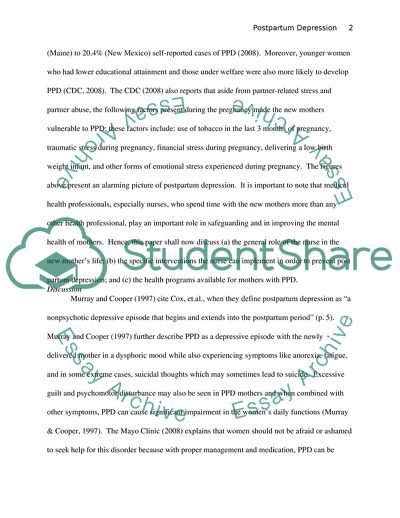Cite this document
(The Nurse's Role in Providing Mental Health Care for Mothers Essay, n.d.)
The Nurse's Role in Providing Mental Health Care for Mothers Essay. https://studentshare.org/health-sciences-medicine/1732070-postpartum-depression-the-nurses-role-in-providing-mental-health-care-for-mothers
The Nurse's Role in Providing Mental Health Care for Mothers Essay. https://studentshare.org/health-sciences-medicine/1732070-postpartum-depression-the-nurses-role-in-providing-mental-health-care-for-mothers
(The Nurse'S Role in Providing Mental Health Care for Mothers Essay)
The Nurse'S Role in Providing Mental Health Care for Mothers Essay. https://studentshare.org/health-sciences-medicine/1732070-postpartum-depression-the-nurses-role-in-providing-mental-health-care-for-mothers.
The Nurse'S Role in Providing Mental Health Care for Mothers Essay. https://studentshare.org/health-sciences-medicine/1732070-postpartum-depression-the-nurses-role-in-providing-mental-health-care-for-mothers.
“The Nurse'S Role in Providing Mental Health Care for Mothers Essay”. https://studentshare.org/health-sciences-medicine/1732070-postpartum-depression-the-nurses-role-in-providing-mental-health-care-for-mothers.


